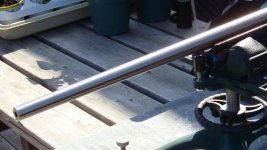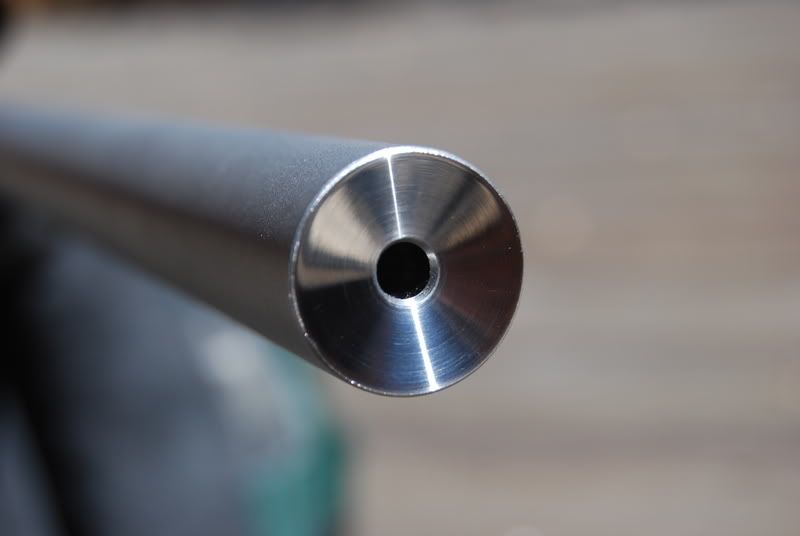S
Silverfox
Guest
First off, I am not a gunsmith, but want to be able to expalin what I want and how to accomplish it to my gunsmith. I heard about someone having a "dual crown" cut on their rifle barrels. They explained that the muzzle has an 11 degree bevel to the edge of the barrel diameter for optimum gas escape on the base of the bullet and the acutal crown has a 60 degree/20 degree cut. The 60 degree cut is for the cleaning brush to re-enter the bore without damaging the bore, and the 20 degree cut is to break the 60 degree cut right at the actual origin of the rifling.
Is anyone here familiar with that type of crown? If so, do you have an illustration of it and would you please explain to me, how it is supposed to be done? Of the 20 degree and 60 degree cuts, which one is supposed to be done first?
Thanks for any help you can render on this topic.
Is anyone here familiar with that type of crown? If so, do you have an illustration of it and would you please explain to me, how it is supposed to be done? Of the 20 degree and 60 degree cuts, which one is supposed to be done first?
Thanks for any help you can render on this topic.




